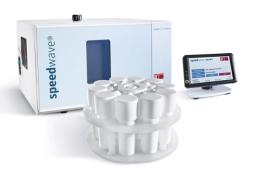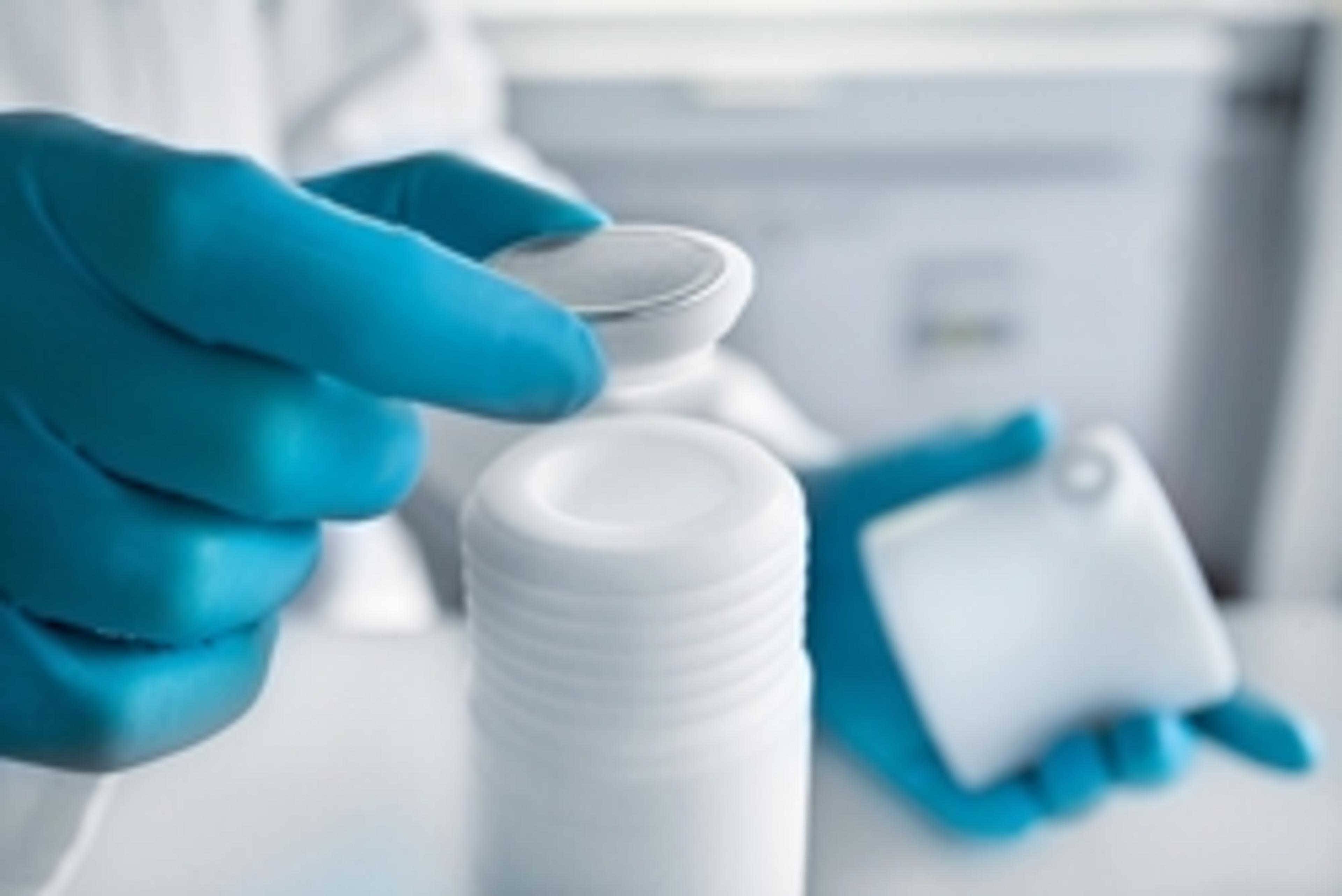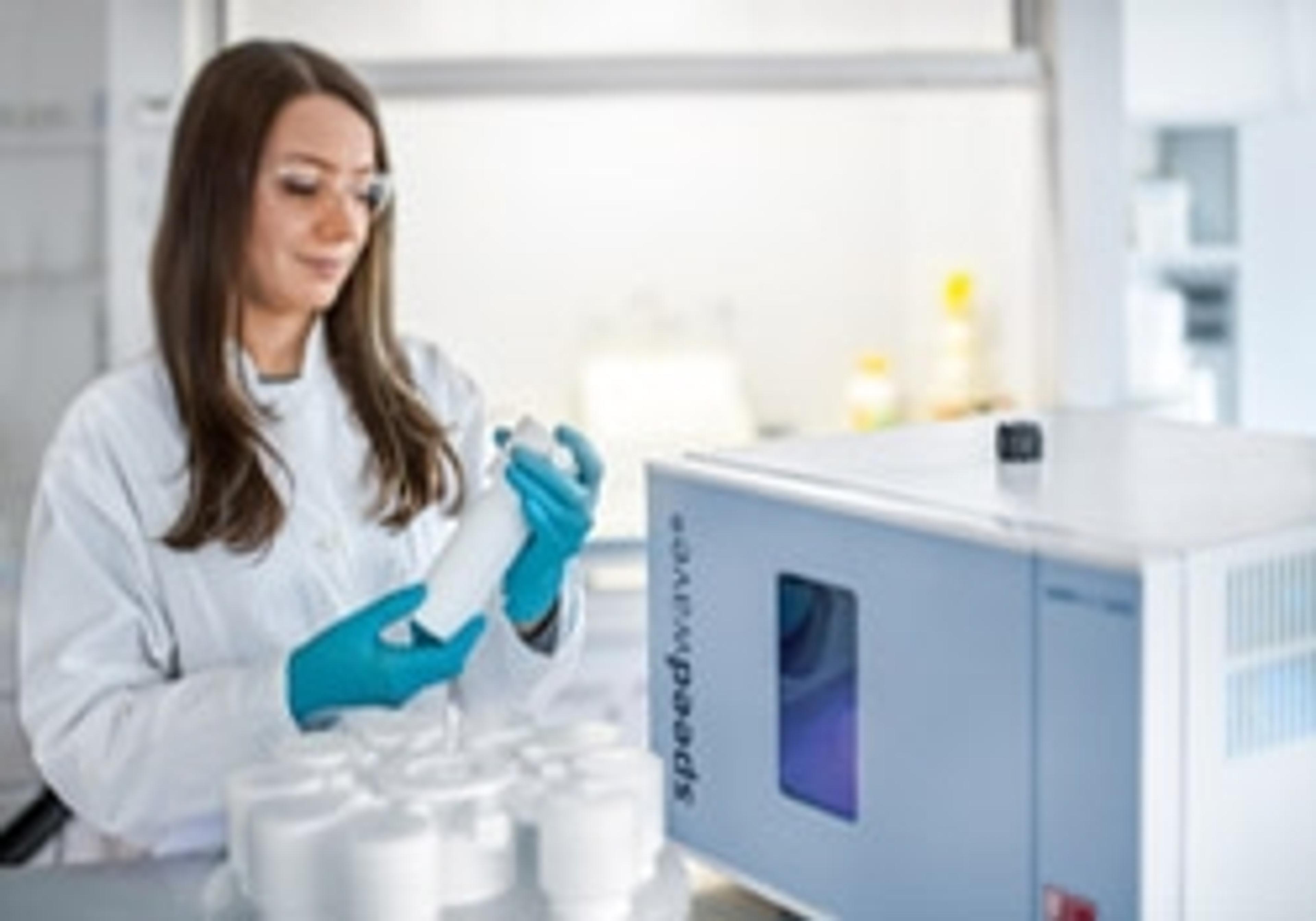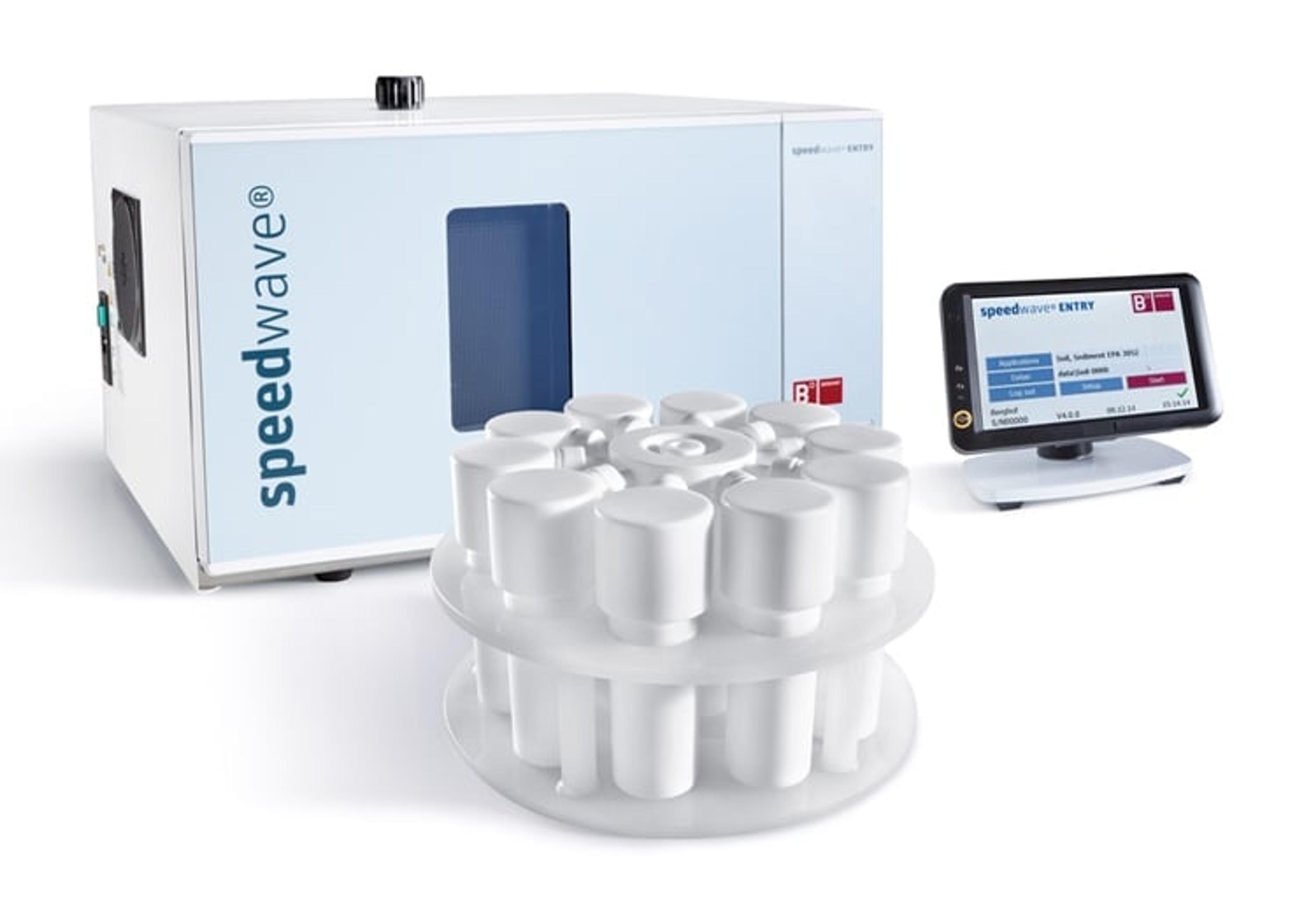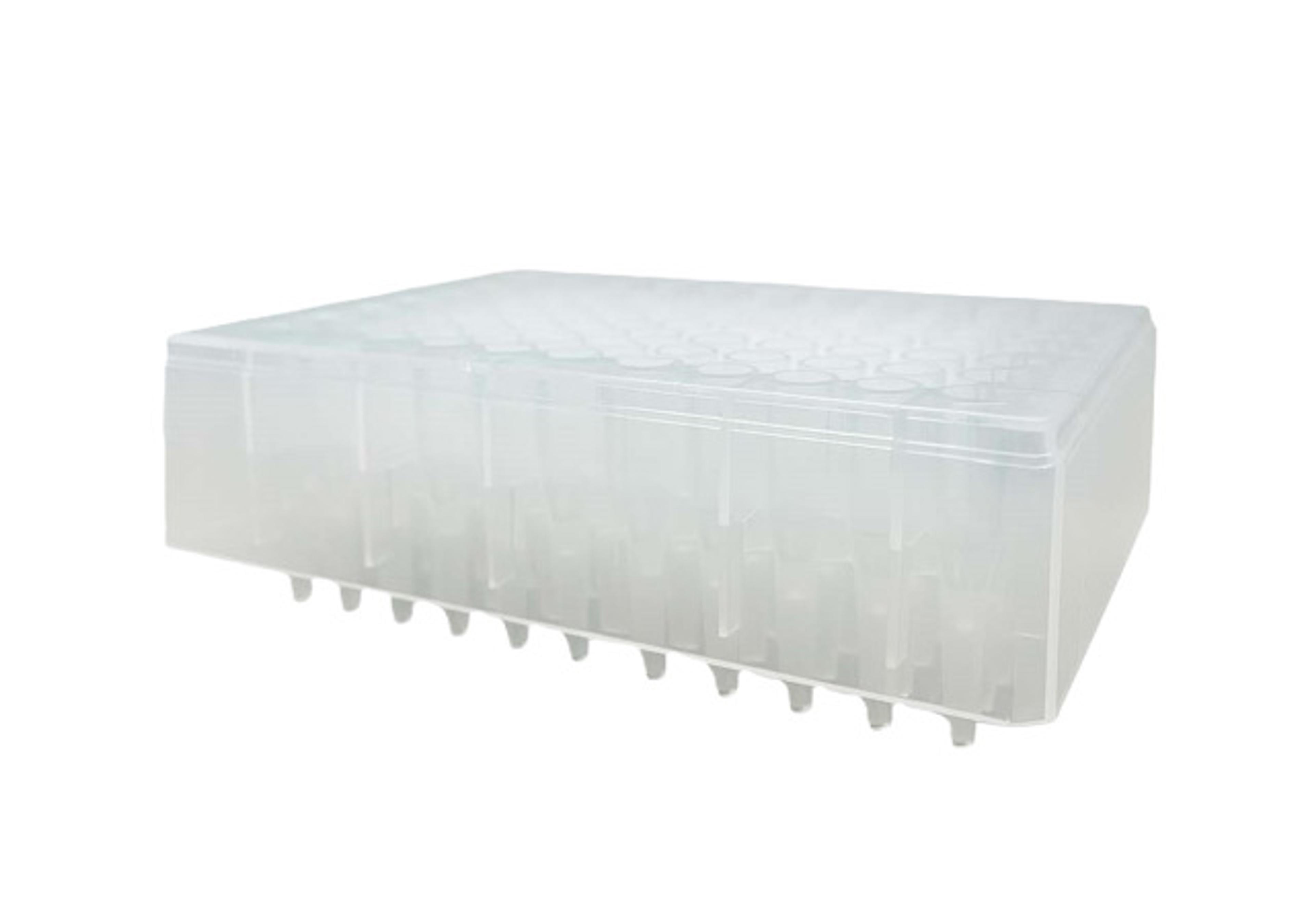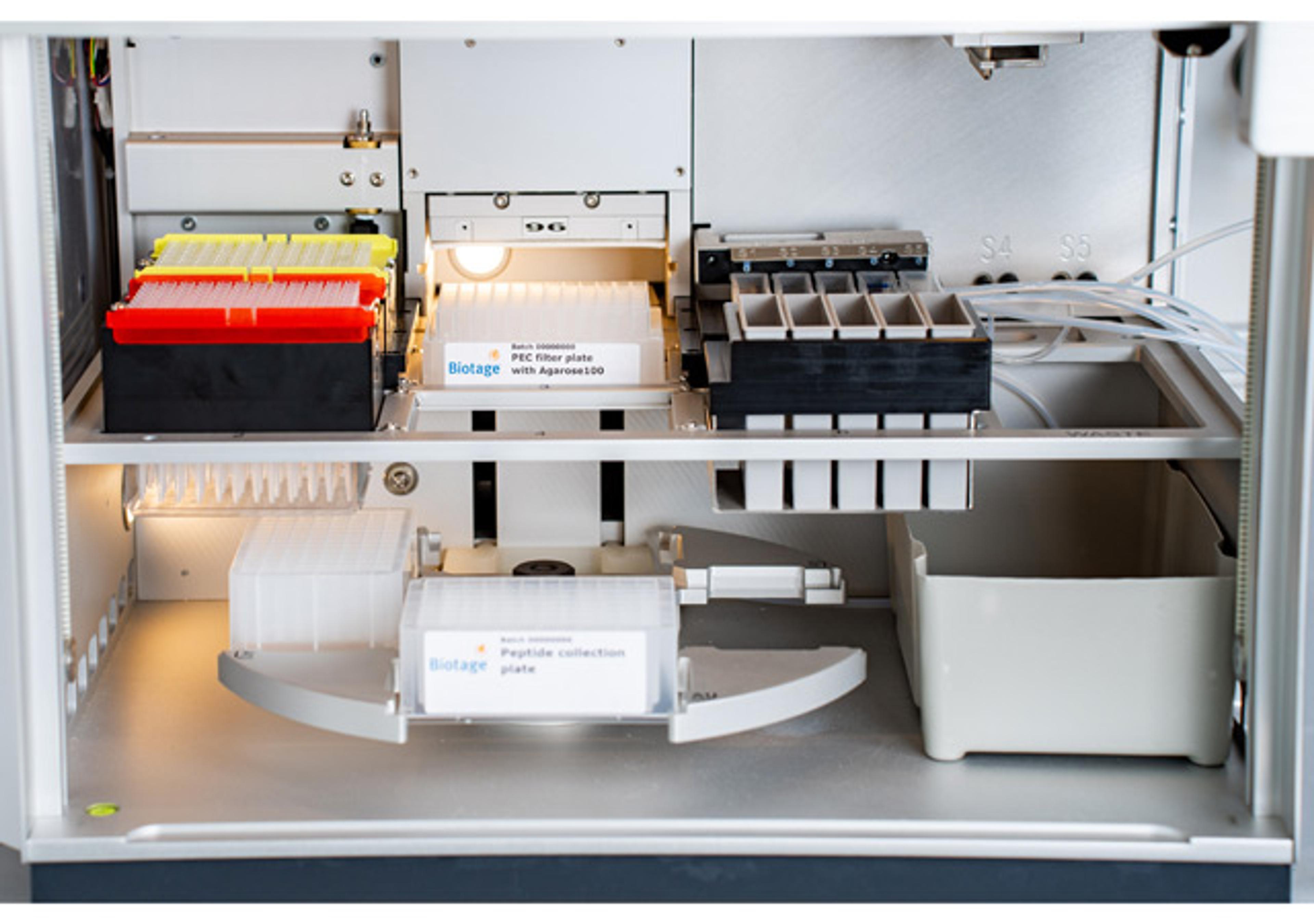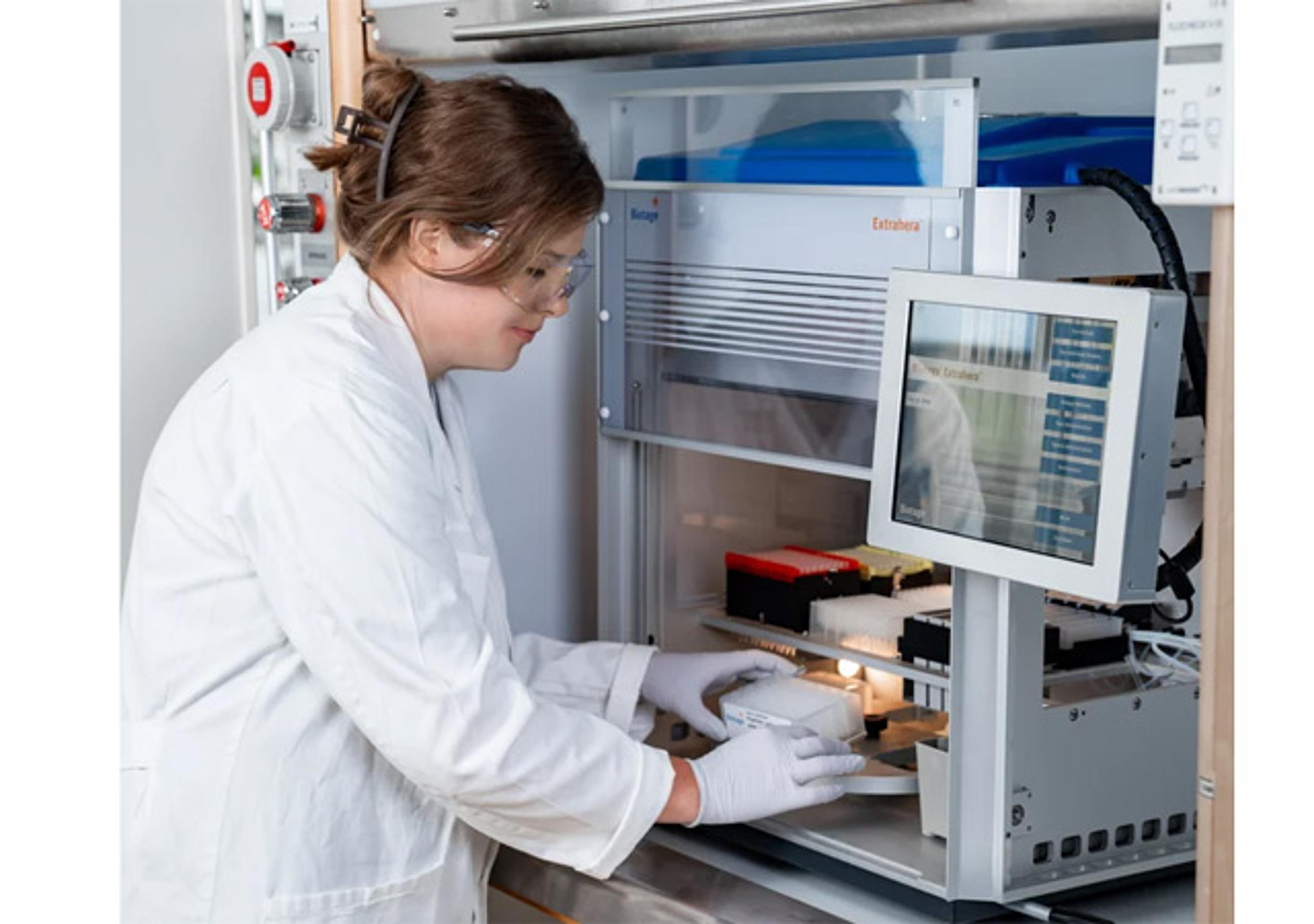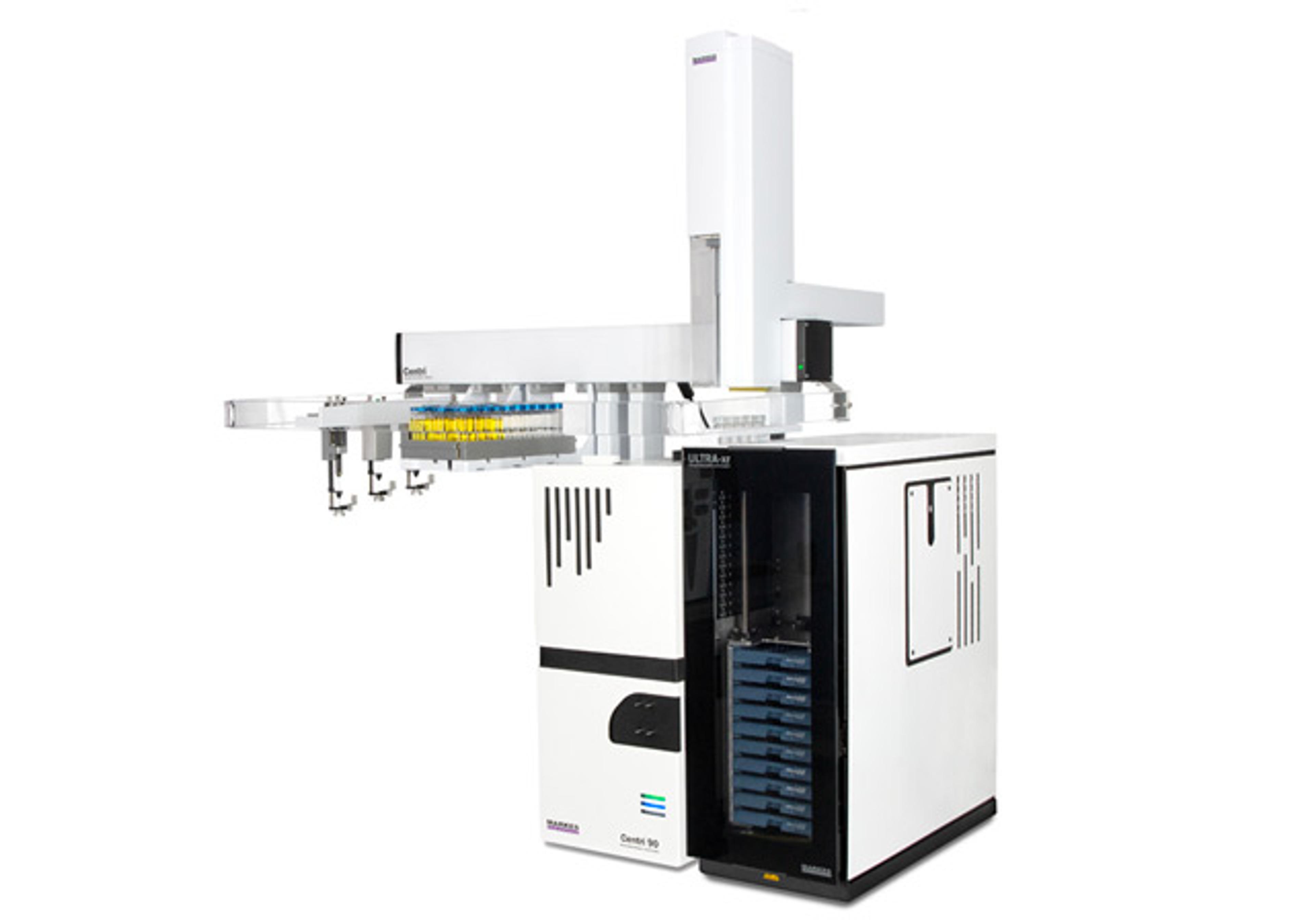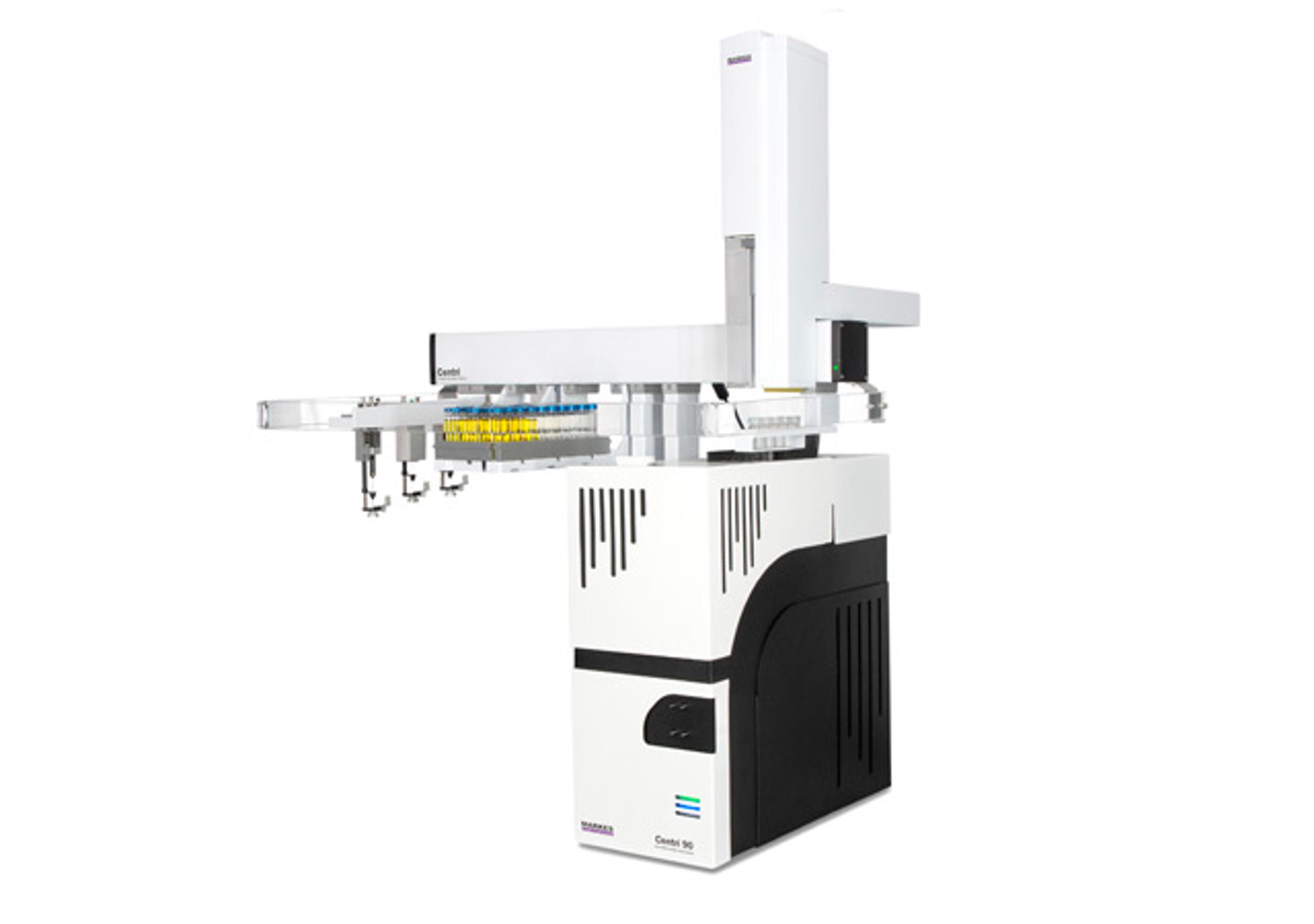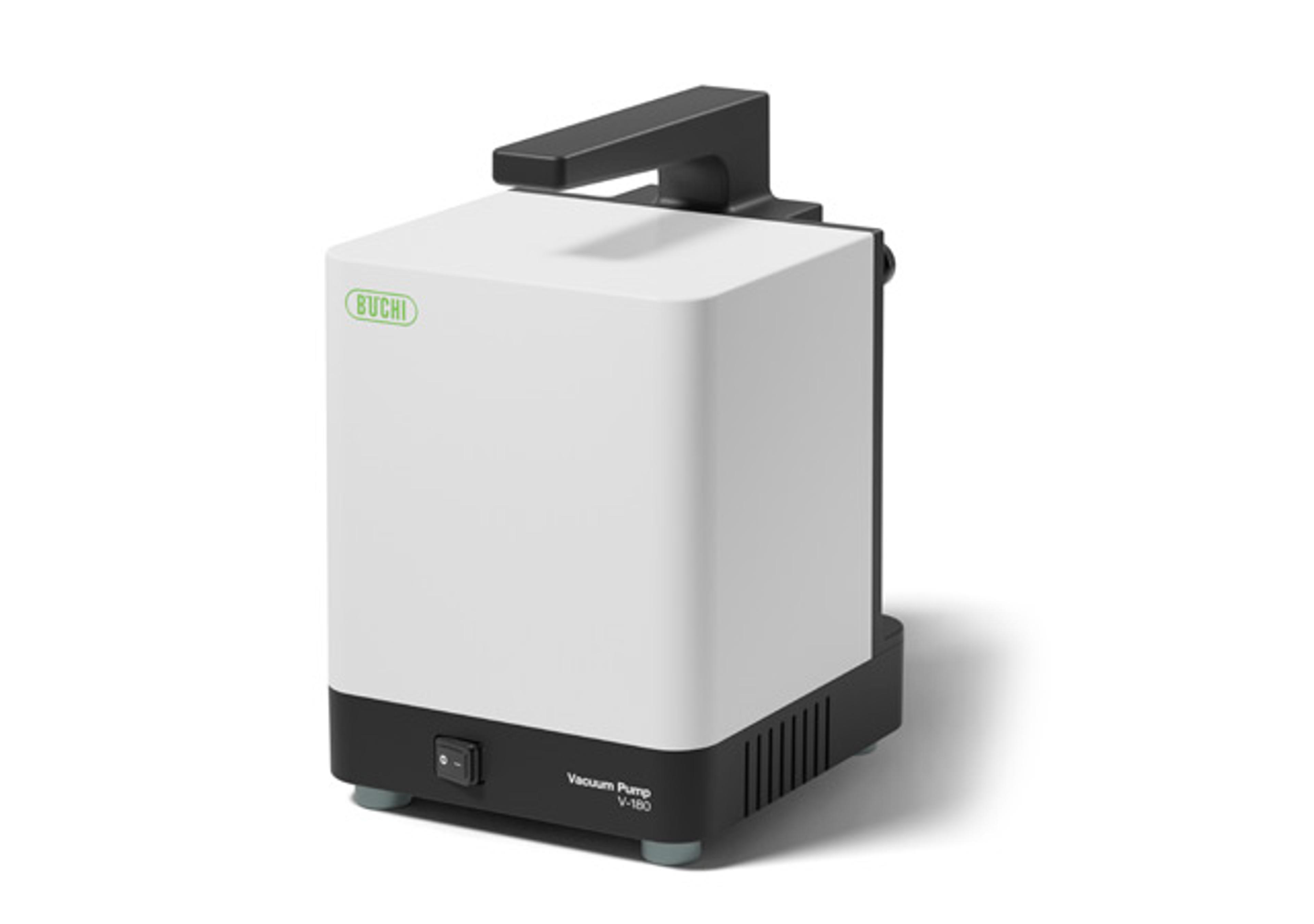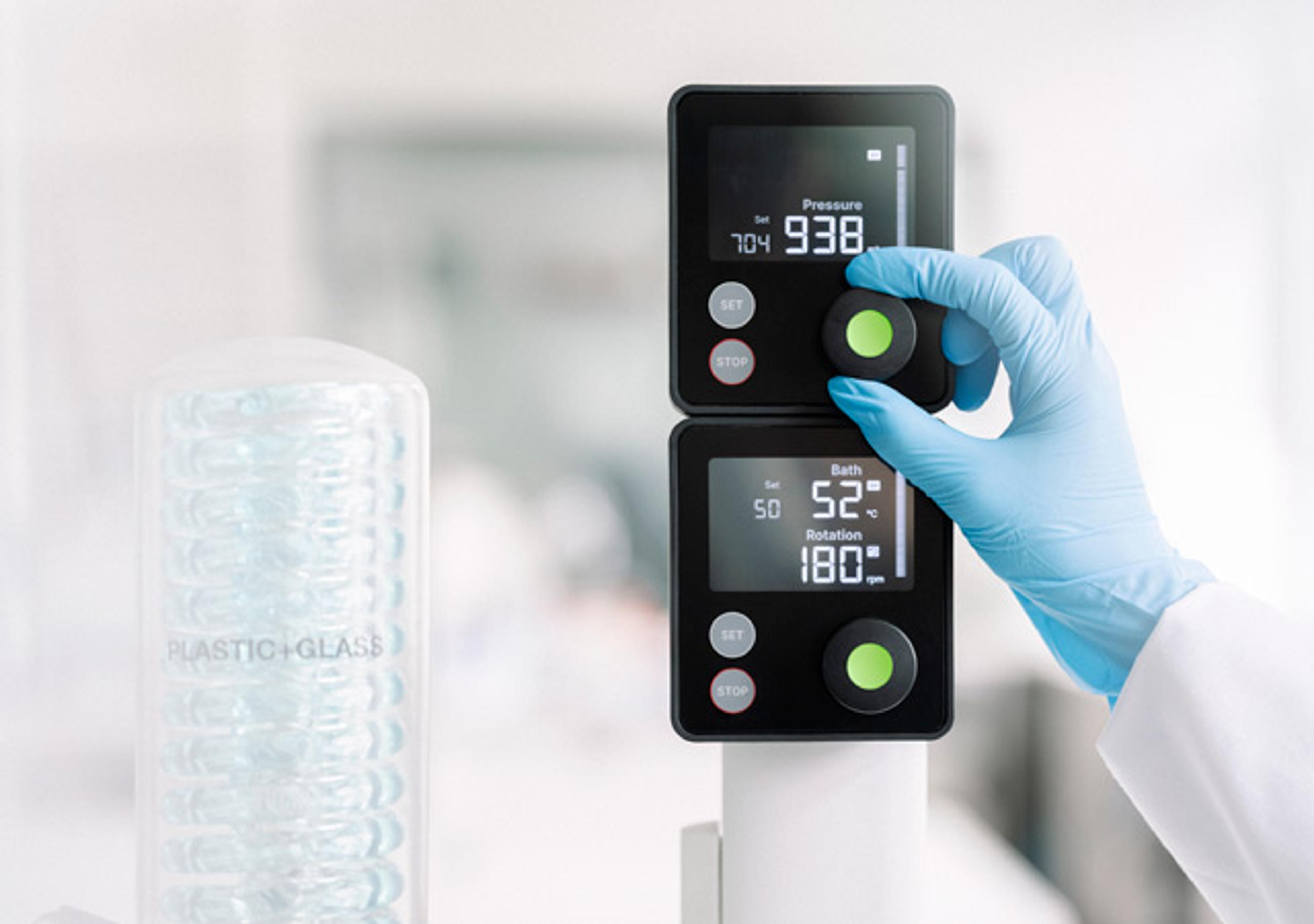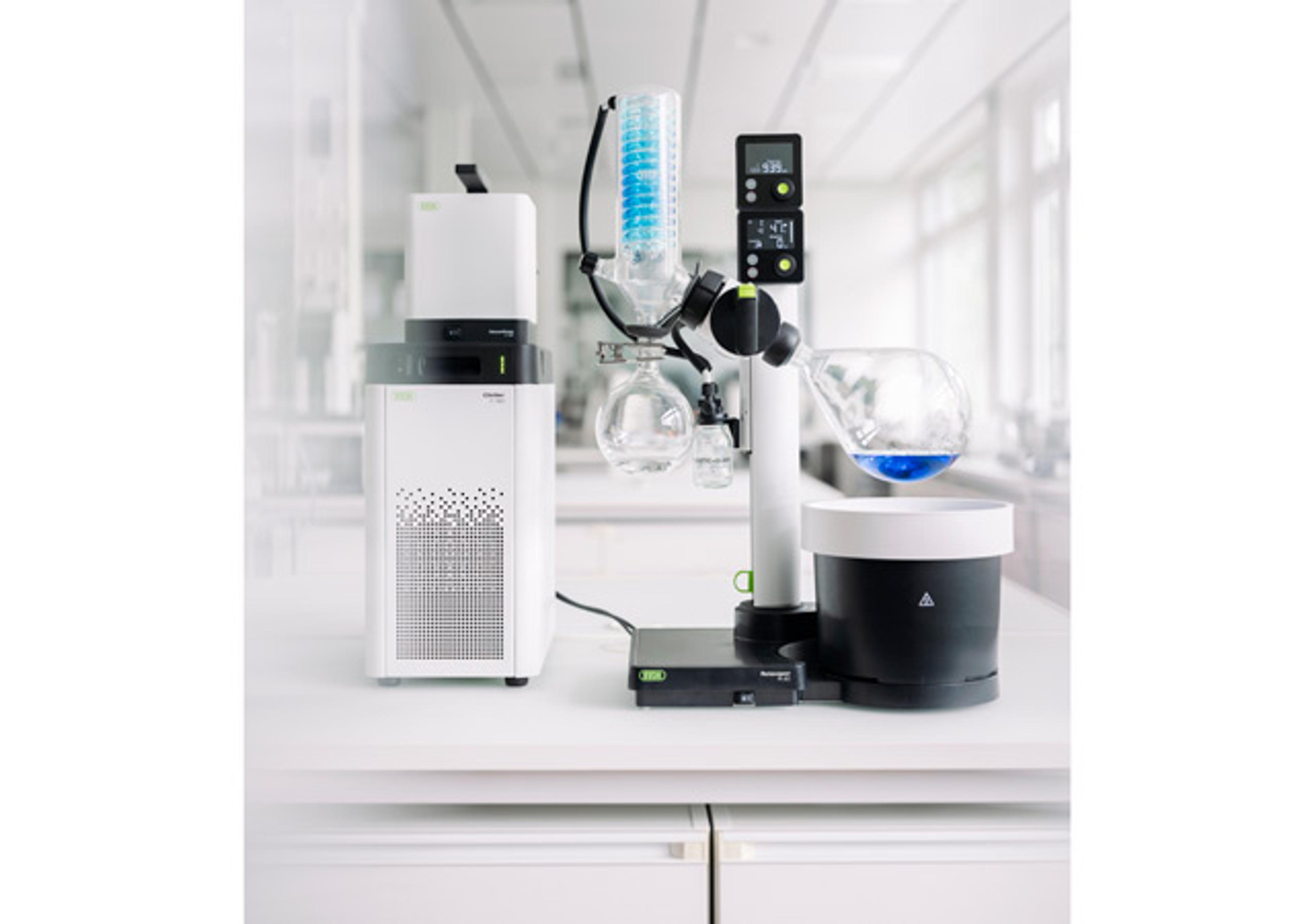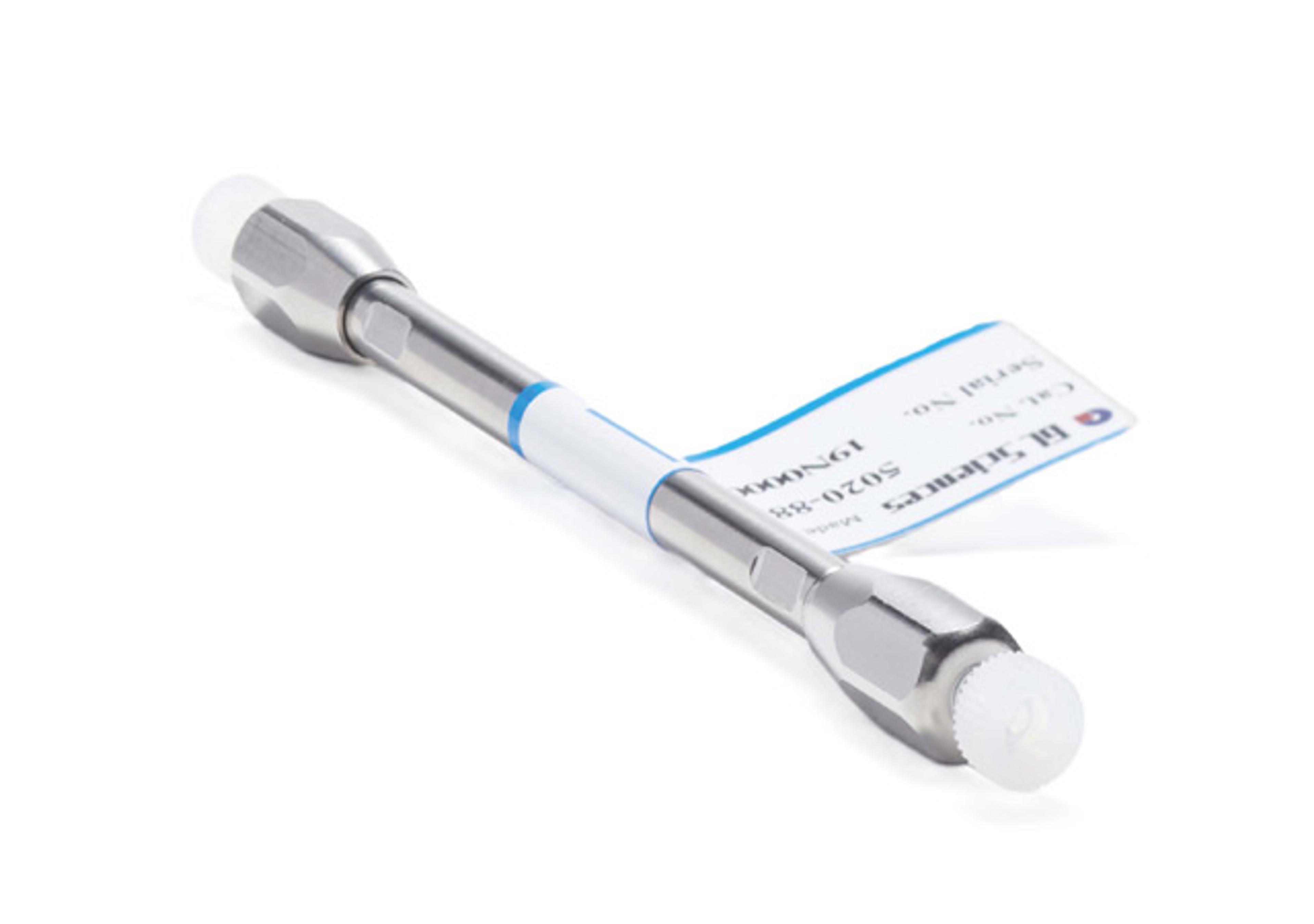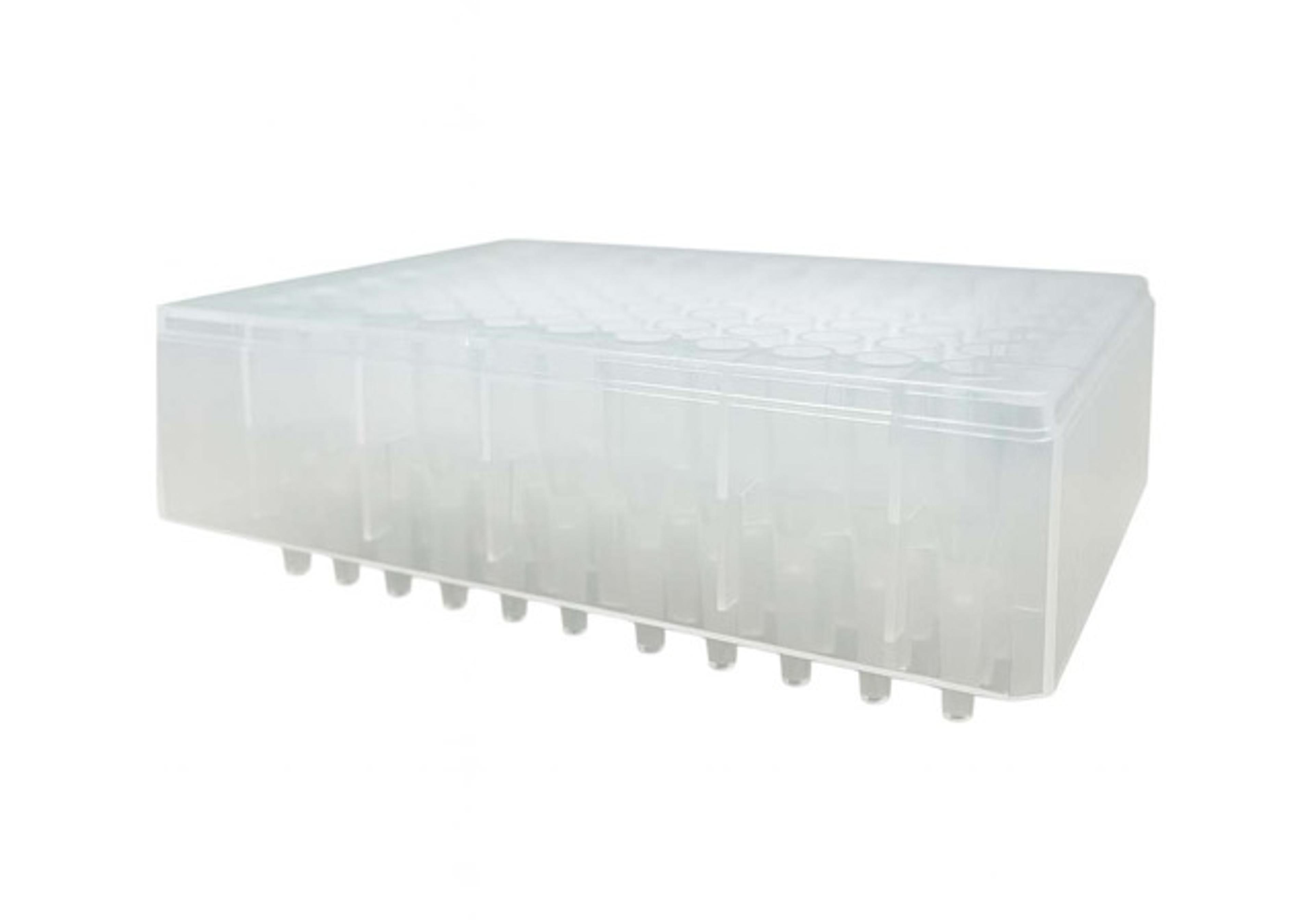Speedwave® Entry Microwave Digestion Systems
Thanks to its size, speedwave Entry is particularly well suited to flexible laboratory use. The combination of space-saving design and ease of use makes it particularly attractive for use in routine analysis, training or study. Especially in routine analysis, where large amounts of samples must be cost-effectively digested within tight time frames, there is a demand for microwave digestion systems that don’t need a lot of a…

The supplier does not provide quotations for this product through SelectScience. You can search for similar products in our Product Directory.
Thanks to its size, speedwave Entry is particularly well suited to flexible laboratory use. The combination of space-saving design and ease of use makes it particularly attractive for use in routine analysis, training or study.
Especially in routine analysis, where large amounts of samples must be cost-effectively digested within tight time frames, there is a demand for microwave digestion systems that don’t need a lot of accessories.
Speedwave Entry perfectly matches with these requirements. By concentrating on what’s important, the system enables the best digestion results with the greatest possible safety.
The intelligent device concept speaks for itself: the integrated thermometer facilitates reliable reaction control without reference vessels, an additional exhaust system ensures greater safety and efficiency, and the illuminated oven chamber allows you to take a look behind the scenes. In combination with intuitive software, Speedwave Entry is easy to get to grips with and guarantees exceptional digestion quality.
Features:
- Avoid sample contamination through corrosion-resistant oven coating and gas collection system.
- High digestion quality and extremely low blank values thanks to vessels made of isostatically molded TFMTM-PTFE.
- Easy handling thanks to innovative vessel design and and QuickStart control.
- Constant sample temperature and digestion process results through the power control system in dependence on sample temperature.
- 20% faster cooling and therefore higher sample throughput through additional exhaust unit.
- Complete reaction control due to optical temperature measurement.


